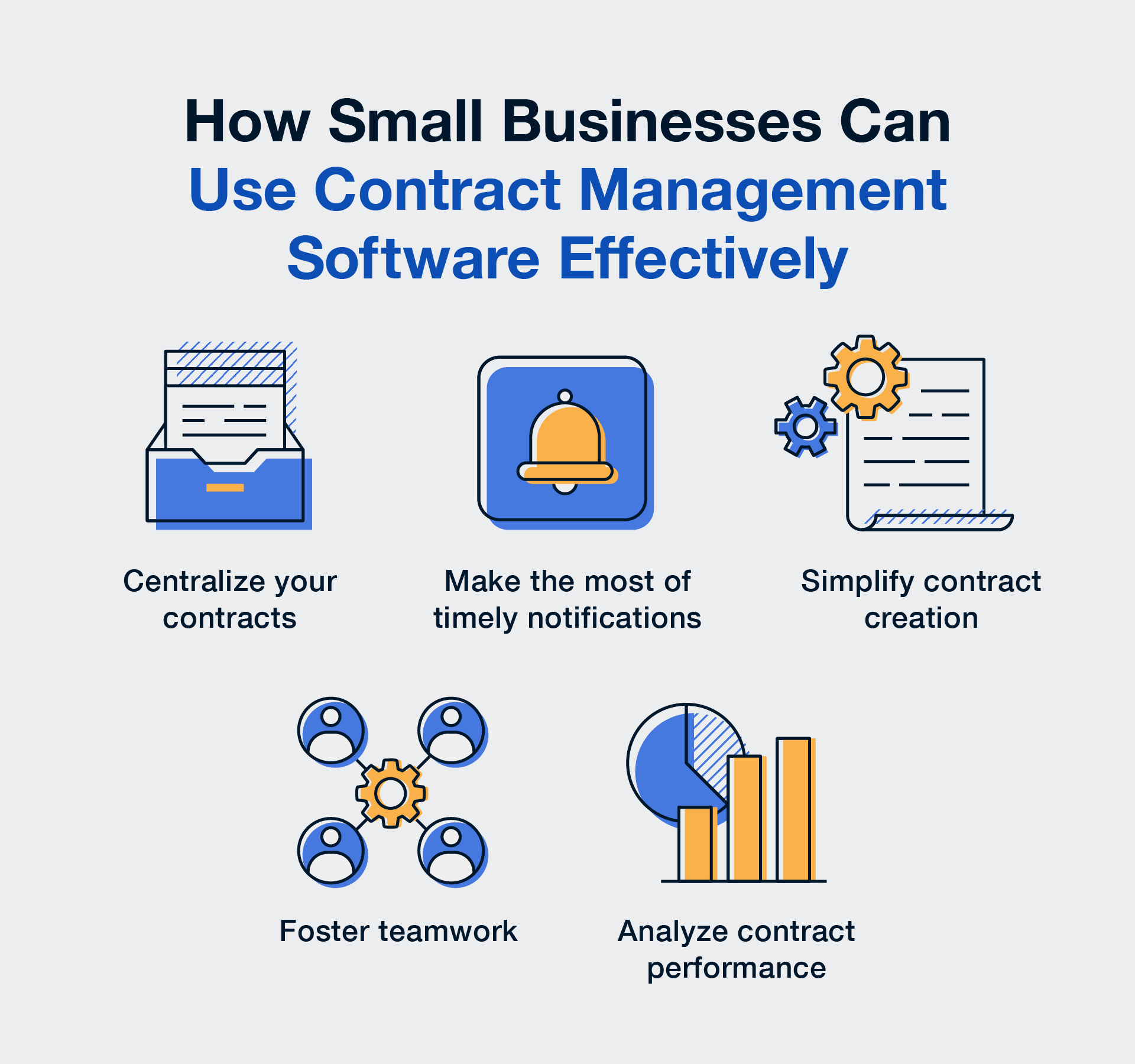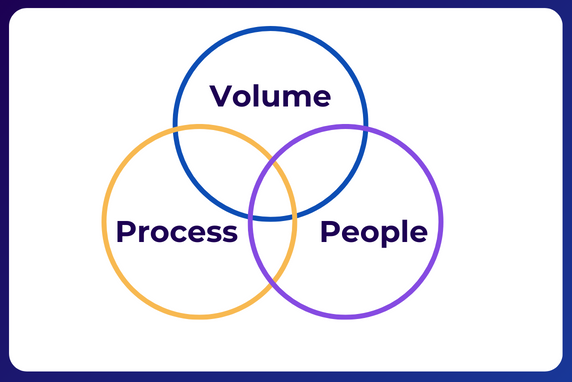All the data we have seen, including our own research, confirms that you’re in good company if you are feeling overwhelmed by contracting volumes. The vast majority of Legal teams are desperately seeking ways to solve the challenge of having limited capacity to scale. Everyone in this boat is hoping for a magic bullet to reduce the legal workload and increase business satisfaction.
And while the advantages of automation are no longer in question, simplifying the processes that comprise contract lifecycle management is at the core of any effort to improve contracting. If your company does not have all the aspects of its contract lifecycle management (or CLM) functions and processes in good shape, you’re likely to have limited success when introducing any type of automation into the mix. We’ve all heard sound advice: Don’t try to automate a bad process!
Legal teams must first understand, improve and ultimately simplify their CLM activities, before jumping to the technology, which itself requires careful selection, nuanced implementation and ongoing adoption of a CLMS (note the “S” to clearly identify that we are now referring to the “system”). Ensuring that there is a strong foundation before automation is the only path to success.
No matter how tight budgets may be right now, the good news is that the first step towards CLM efficiency is always ensuring that your contracting foundations are solid – and this can be tackled in practical, scalable stages which enable ongoing progress under any circumstances. The most important step towards improvement is to understand the current state of contracting at your company. At InnoLaw, we’ve compiled a series of questions to ask and answer before you view even one CLMS demo!
| Contract Volumes | ||||
|---|---|---|---|---|
| 1. How many total active contracts does the business have? | ||||
| 2. What is the annual, aggregate number of contracts supported? | ||||
| 3. What is the breakdown of the types of contracts supported (i.e., Procurement, MSAs, SOWs, NDAs, etc.)? | ||||
| 4. What is the typical value of most contracts supported? | ||||
| 5. What is the typical size (i.e., page count) of most contracts supported? | ||||
| 6. Are the contracts supported both inbound and outbound? If both, what is the breakdown? | ||||
| 7. How are contract forms created, approved, and managed? | ||||
| 8. How many standard contract templates does the business have? | ||||
| 9. How many variations exist for those templates? | ||||
| 10. To extent applicable, what other languages besides English are supported with respect to those forms? |
| People | ||||
|---|---|---|---|---|
| 1. How many resources are currently dedicated to supporting contracts and what are their specific roles? | ||||
| 2. Does the business or legal department use outside counsel to support contracts in drafting/negotiation capacity? If yes, do you envision them using a CLMS? | ||||
| 3. How many different departments do you anticipate using the CLM tool? How many users in each department? | ||||
| 4. How many roles do you envision in the CLM tool (Admin, Manager, Super User, Full User, Ready Only)? |
| Process | ||||
|---|---|---|---|---|
| 1. What is the breakdown in contracts supported utilizing business paper vs. counterparty paper? | ||||
| 2. What is the average amount of time spent to close more complex contract? Are contract cycle times currently measured? | ||||
| 3. Does the business or legal department have any self-service contracting tools in place for low complexity contracts, such as NDAs and SOWs? | ||||
| 4. Does the business or legal department have playbooks and governance/approval models in place to support negotiations? | ||||
| 5. What are the most frequently negotiated contractual provisions and do the playbooks provide pre-approved back-up positions? | ||||
| 6. Has the business or legal department done a risk assessment to determine the actual risk associated with the most frequently negotiated contractual provisions? | ||||
| 7. Do you have established contracts workflows or approval steps documented? | ||||
| 8. Are the governance/approval processes automated or manual? | ||||
| 9. Are there automated workflows that must be replicated if a new tool is selected? |
Once you have these answers, you’ll be in a much better position to know what CLM tech you need and where you are in terms of CLM Readiness.
To learn more about preparing for CLM technology and CLM Readiness, view our webinar: CLM Made Easy from Evaluation to Implementation.
About Lucy Bassli:
Lucy Bassli is the Founder of InnoLaw, a consulting firm that helps clients make their legal operations and commercial contracting more efficient. She is an attorney, the author of The Simple Guide to Legal Innovation and CLM Simplified: Efficient Contracting for Law Departments. In her time as Assistant General Counsel of Legal Operations and Contracting at Microsoft, she redefined how legal work is done and created one of the first managed service engagements with her alma mater’s law firm, Davis Wright Tremaine. Lucy also served as a Deputy General Counsel and first Head of Legal Operations at Snowflake. Her subject matter expertise is commercial contracting. She is licensed in Washington.
Lucy was tapped to teach the Legal Operations course for Suffolk University Law School’s Legal Innovation & Technology Certificate Program. Lucy is also a strategic advisor for LawGeex, an AI legal start-up that automates contract review.
Lucy is a highly sought-after legal industry expert who works with corporate legal departments and law firms on legal service delivery, automation, smart risk-taking, and alternative resourcing models. She educates and consults with lawyers to take best practices in the legal industry to a new level.
Lucy is a frequent writer and speaker on legal services innovation, legal technology, and legal process outsourcing. In 2015, she was named to the National Law Journal list of Outstanding Women Lawyers and in 2022 Thinkers360 named her one of the Top 50 Global Thought Leaders and Influencers on Startups.

















